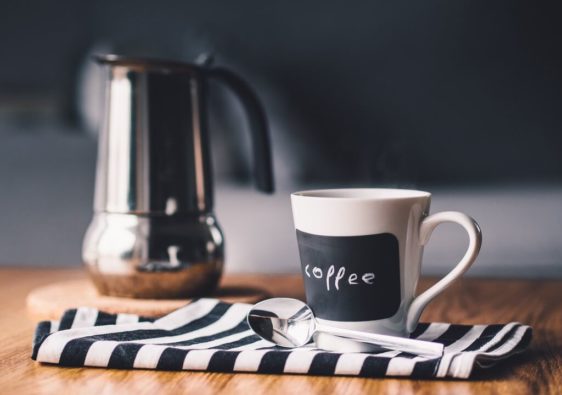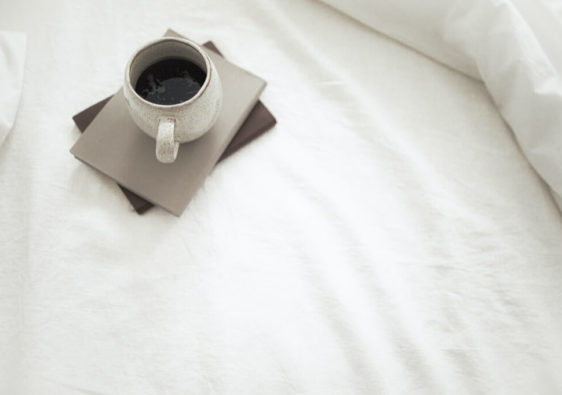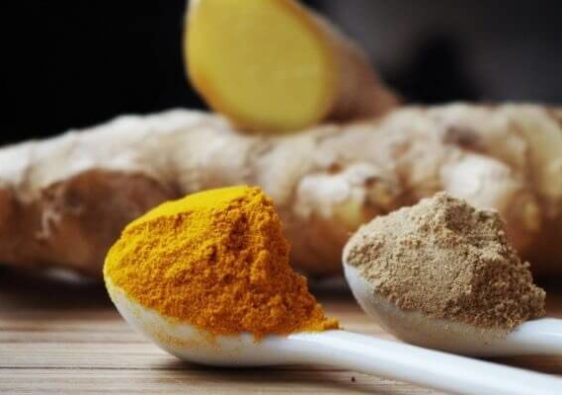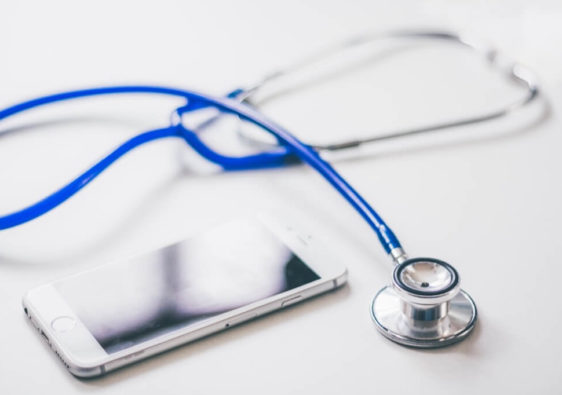Quick summary of my daily fasting routine 2020/21
STARTING THE DAY

MORNING
I haven’t eaten breakfast in over 4.5 years. The very idea of eating first thing in the morning seems completely forced and unnecessary to me at this stage.
Our bodies are smart. The liver releases extra glucose in the morning just to give us energy to start the day, this is also known as the Dawn effect in people with diabetes.
Every morning I make a large mug of black coffee and sip on it for some time while checking my phone notifications and planning the day ahead. It is something I look forward to.
You want to have something you enjoy, something that will replace your morning eating ritual so that you don’t feel deprived.
LUNCH
I also maintain the ritual of a lunch break and that’s when I have my second cup of large black coffee. Doing this daily gives me a structure vs not having anything prepared.
Instead of thinking or saying “I can’t have lunch” I think/say “I’m looking forward to my lunchtime coffee.” It is my lunch.
BRIDGES

As Dr Cywes points out, for those who are used to snacking all throughout the day, having non calorie beverages always at hand to sip on,bridges, is a better strategy than having nothing and relying on will power. He explains it clearly in this video.
At the beginning of my IF lifestyle I used to rely on diet drinks, zero energy drinks, even diet soda anything to get me through the whole day of fasting. Although not the healthiest choice, it didn’t prevent weight loss and helped me get used to fasting. I eliminated these drinks gradually,
Nowadays, I opt for various teas, fresh lemons in water, a sprinkle of cinnamon and electrolytes.
“I don’t chew before 6.00pm”
I’ve been doing 20-22 hour fasts for the longest time. I notice that my mind starts to wonder at around 18 hours into my fast.
This is “clock hunger” as described by Dr Herring. The body/mind will expect food at the same time you usually feed yourself and start sending out hunger signals. The last couple of hours of my daily fast are the most challenging.
MOVING
Scheduling my daily walk prior to breaking my fast helps extend it by an hour or two effortlessly without using will power.
Movement also helps deplete more glycogen from the liver i.e. allows the body to access stored fat because it needs extra energy for the walk but because I have not provided that energy from food, my body will have to access it from its own storage.
I don’t count steps, to me counting steps is en par with counting calories, it is unnatural.
I choose destination or a time limit instead.
HOW I BREAK MY FAST
I’m going to be honest, I used to break my fast in an unhinged way. When my fast was over I would open the fridge and eat anything I could get my hands on. This is normal at the beginning, as mentioned by Dr Fung, so if you recognise yourself doing this, don’t worry too much, your body and mind will adjust with time.
What helps is planning meals in advance, knowing your trigger foods and avoid those, make eating an event where you always sit down and enjoy it instead of “grab and go” style and of course please don’t start a new diet as well as starting intermittent fasting, it will only lead to burnout.
I break my fast with something small and rich in protein then I wait for my main meal.
My main meal is food that I enjoy, followed by a dessert or some snacks.
I don’t count calories I don’t weigh or calculate anything. I just eat good satisfying food.
My eating window is generally between 4-2 hours. It may seem extreme to some people but once your body gets used to it, you could never go back to the old lifestyle of constantly trying to control your hunger, your portion sizes, deprivation and gradual weight gain.
Of course I’m flexible with my routine, but most of the time it is as described above.
This was a requested topic,I hope you found it useful xox



